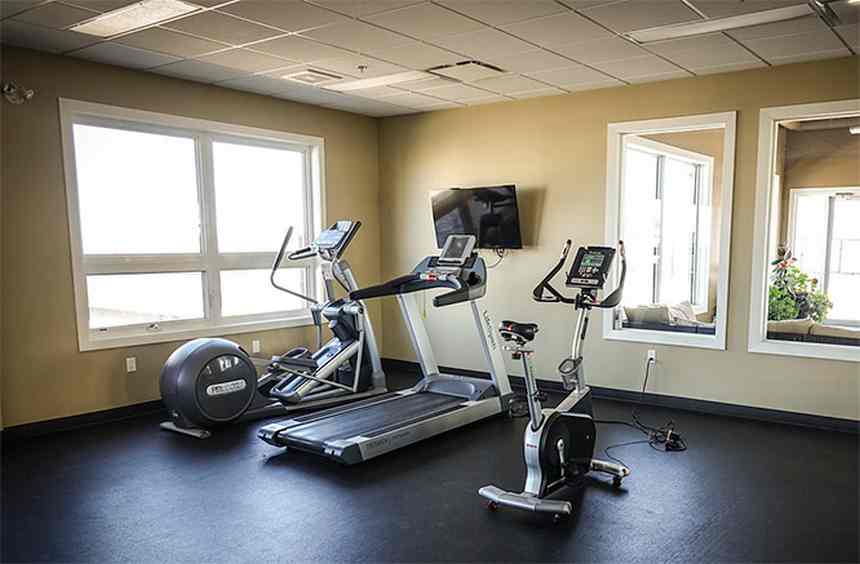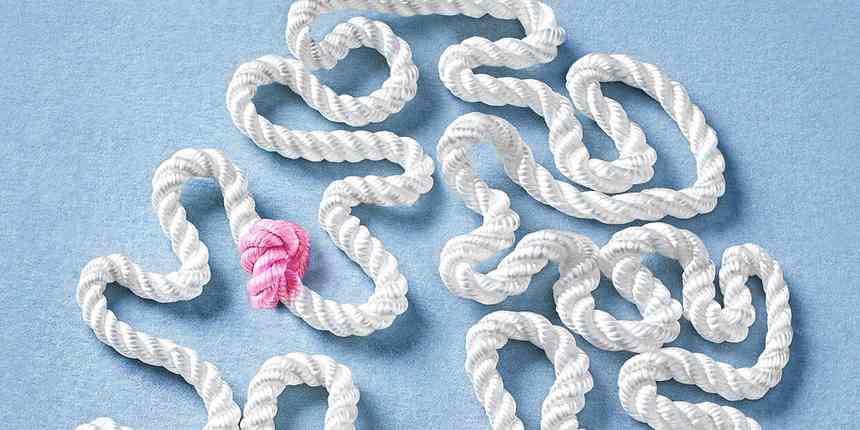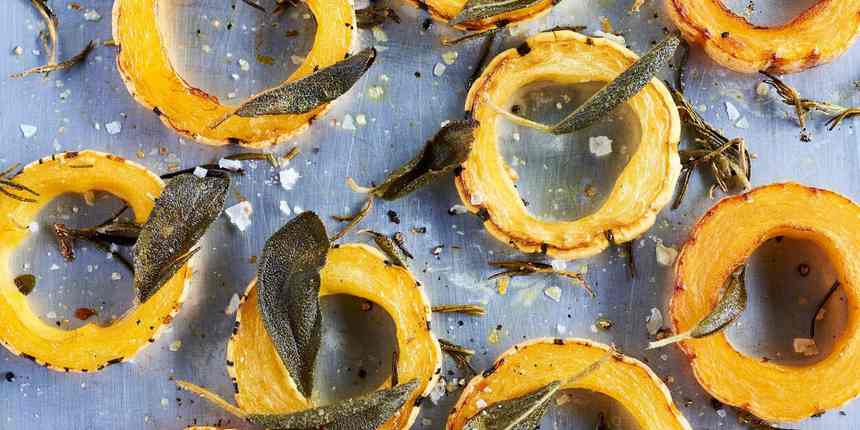They seem to strike like lightning, out of the blue. But strokes, which occur when a blood vessel that supplies the brain gets blocked or bursts, actually have myriad and interconnected causes that, in most cases, accumulate slowly. In fact, millions of Americans have the advance warning signs, namely other forms of cardiovascular disease (like deep vein thrombosis or heart failure), high blood pressure or cholesterol, or diabetes. And factors unique to or more common in females—pregnancy, lupus, migraines, and taking certain medications—make women even more vulnerable. That's why we account for 60 percent of deaths from the attacks (they're twice as deadly as breast cancer), and why they're on the rise in those under 45, according to the Centers for Disease Control and Prevention.
Thankfully, lifestyle changes can reduce many of these conditions and prevent four out of five strokes in women. "You have more control over your risk than you think," says Amy L. Doneen, DNP, medical director of the Heart Attack & Stroke Prevention Center in Spokane, Washington. Ahead, a holistic approach to reducing your risk of stroke.
Related: Science Says Regular Hot Baths Could Be the Secret to Better Heart Health
Eat More Plants
Cholesterol is found only in animal products. When you consume meat, dairy, or eggs, the amount in your blood stream goes up, making plaques more likely to form in the arteries leading to your brain, explains Neal Barnard, MD, president of the Physicians Committee for Responsible Medicine, in Washington, D.C., and author of the new book Your Body in Balance ($25.20, barnesandnoble.com). When those plaques rupture, they cause clots to form. Ditching meat is the most protective move, but we can all benefit from simply eating more fruits and vegetables, he says. In fact, researchers credit half the benefits of the DASH (Dietary Approaches to Stop Hypertension) diet, designed to bring down blood pressure and cholesterol, to the additional vegetables and fruits it calls for. (The other half are due to the unhealthful foods, especially meat, it cuts back on.) Many types of produce—apples, citrus, and carrots in particular—are rich in soluble fiber, which lowers cholesterol; and in potassium (think bananas and melon), which helps reduce blood-pressure-raising sodium.
Look at All Your Lipids
Speaking of cholesterol, there are more varieties of it than the HDL, LDL, and triglycerides you get checked at your annual physical. Lipoprotein(a) is another type that one in five Americans makes too much of, due to genetics; it can make you more prone to blood clots, and therefore strokes. People who have a personal or family history of cardiovascular disease should ask their do or to add the basic test to their next lipid panel. If it's positive, she may suggest preventive measures, such as taking a daily aspirin or getting annual carotid ultrasounds to watch for plaque buildup in the main artery that carries blood to the brain.
Take Self-Care Seriously
Stress can definitely send your blood pressure shooting up. But researchers think the emotional state alone may up stroke risk, which explains why women experience more of them. We tend to fill the sort of high-demand, low-control jobs, such as waitressing and nursing, that a 2015 study published in Neurology linked to higher rates of the attacks; it also noted that feeling burned out can lead us to eat poorly and exercise less. Prioritize healthy meals, and carve out time for walks, yoga, meditation, prayer, music—whatever settles you down, advises Joel Kahn, MD, founder of the Kahn Center for Cardiac Longevity, in Bingham Farms, Michigan.
Clock Regular Cardio
You don't need much—just 22 minutes of moderate aerobic exercise a day. "That amount, even lit into two sessions, has been shown to reduce risk by around 14 percent," says Doneen. Then throw in some strength training. Working your muscles improves your sensitivity to insulin, so you're better able to regulate your blood sugar and fend off diabetes.
Related: Regular Exercise Offers Cardiovascular Benefits at Any Age, According to a New Study
Monitor Your Medications
All of us should be cautious with nonsteroidal anti-inflammatories (NSAIDs), such as ibuprofen and naproxen. The threat associated with popping standard doses over a few days—say, to relieve a sore muscle—is very low but real, and increases when they're taken in higher doses or for longer periods of time. Ideally, reach for acetaminophen instead. If you have the risk factors we mentioned at the outset, be vigilant about everything you take. For example, people who get migraines or have hypertension should be aware that certain drugs can make them more susceptible by elevating their blood pressure further or making blood clots more likely; some may worsen a heart arrhythmia. Be sure your doc knows your full medical history before she dashes off a prescription.
Breathe Easier
It's incredible but true: Air pollution may be even worse for your heart than your lungs. A 2019 study in European Heart Journal found that it resulted in about twice as many deaths from strokes and other forms of cardiovascular disease as from respiratory disease. Monitor your local air-quality reports, and limit time outside when it's poor. Also, map out runs and bike rides to steer clear of high-traffic, high-exhaust areas.
Get Real Rest
"Studies suggest that interruptions in the natural sleep cycle can create fluctuations in heart rate, blood sugar, blood pressure, and overall inflammation," Doneen says. If you practice good bedtime hygiene (lights out, phone off, lavender misted) and still rarely get seven to nine hours, ask your do or about doing a home sleep study. You'll get a monitor that gathers data on activities like breathing and heart rhythm in the comfort of your own bed, to help determine whether something treatable, such as sleep apnea, is keeping you up.
Check Your Beat
Atrial fibrillation (A-fib), a type of irregular heart rhythm, "happens when the entry chambers of your heart quiver, which can cause blood to pool and clot," says Joshua S. Yamamoto, MD, a Washington, D.C., cardiologist and coauthor of You Can Prevent a Stroke ($19.99, barnesandnoble.com). High blood pressure, sleep apnea, hyperthyroidism, or excess weight—all of which make the heart work harder—can prompt A-fib at any age, but it's more common as we grow older; by age 70, a third of us have it. Symptoms include feeling as if your heart is racing or skipping beats, breathlessness, dizziness, and fatigue. If you're concerned, your doctor can take a closer look with an electrocardiogram and, if you have A-fib, prescribe a blood thinner to keep it in check.
Related: Your Favorite Tech Accessory Could Warn You About Irregular Heartbeats
Act FAST If Disaster Strikes
This acronym, created by U.K. physicians and paramedics, and adopted by the American Stroke Association and the American Heart Association, will help you remember how to identify a stroke in yourself or someone else, and respond, stat. F is for face (when you smile, does one side of your face droop?), A is for arms (can you lift both arms without one or the other drifting down?), S is for speech (are you having trouble speaking, or are you hard to understand?), and T is for time. If you observe any of these signs, dial 911; then jot down when you called. Lifesaving clot-busting meds must be administered within four and a half hours of the first symptoms.
Identify the Stroke
Strokes fall into two categories. The first, ischemic, is a clot; it occurs when a blood vessel is blocked and is the most common type, accounting for 85 to 90 percent. It includes transient ischemic attacks (TIAs), aka mini strokes, which don't do permanent damage but should sound an alarm: Roughly a third of TIA sufferers have a more serious ischemic attack within a year, per the American Stroke Association. The other, rarer kind, hemorrhagic, happens when a weakened artery ruptures and bleeds into the brain, as with an aneurysm.










